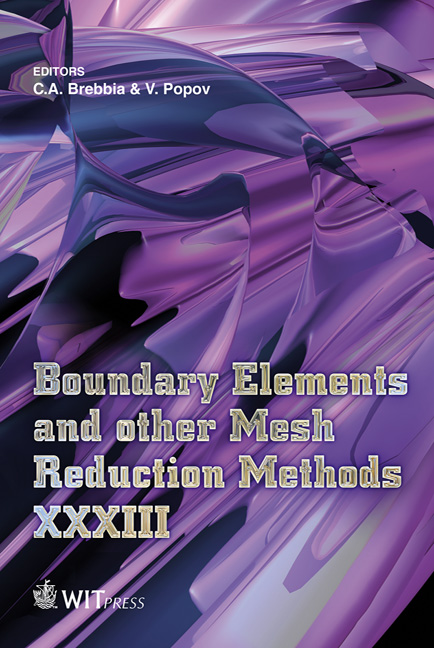Solving Heat Transfer In A Timber Beam Exposed To Fire With Methods Based On Radial Basis Functions (RBFs)
Price
Free (open access)
Transaction
Volume
52
Pages
11
Page Range
297 - 307
Published
2011
Size
238 kb
Paper DOI
10.2495/BE110261
Copyright
WIT Press
Author(s)
L.Vrankar, G. Turk, E. J. Kansa & F. Runovc
Abstract
The objective of this paper is to represent an alternative approach to conventional numerical methods for solving heat transfer and charring behaviour of timber when exposed to fire. The model consists of differential equations for heat transfer with the corresponding boundary conditions. The char formation in the wood beam as a function of its temperature is also taken into account by the model. Picard’s or Newton’s methods are used for solving the second-order non-linear partial differential equations. In recent years, the RBF methods have emerged as novel computingmethods in the scientific computing community. Traditionally, the most popular methods have been the finite element methods (FEM), the finite difference methods (FDM), and boundary element method (BEM). The results are tested on the one-dimensional case in standard fire conditions, for which the comparison is made with the results of one-dimensional charring rate models for wood. The same model is used to analyze a two-dimensional behaviour of a timber beam exposed to fire from three sides. Keywords: heat transfer, charring behaviour of timber, pseudospectral mode, multiquadric, partial differential equations, Picard’s method, radiation, pyrolysis, combustion.
Keywords
heat transfer, charring behaviour of timber, pseudospectral mode, multiquadric, partial differential equations, Picard’s method, radiation, pyrolysis, combustion





